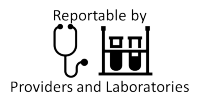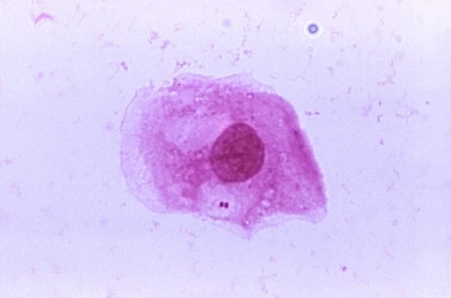Meningococcal Disease



Infectious agent: Neisseria meningitidis
Description of illness:
Meningoccocal disease is a rare, vaccine-preventable infection caused by the bacteria Neisseria meningitidis. Invasive disease can present as an infection around the brain and spinal cord (meningitis), a blood stream infection (meningococcemia), or both. Acute meningitis symptoms typically include a sudden onset of fever, headache, and stiff neck, often accompanied by other symptoms such as nausea, vomiting, eye sensitivity to light (photophobia), and an altered mental status; testing of spinal fluid is required to distinguish N. meningitidis from other bacterial and viral causes of meningitis. Meningococcemia is characterized by an abrupt onset of fever and a rash, often associated with low blood pressure and shock, and can be fatal within hours. Meningococcemia occurs without meningitis in 5% - 20% of invasive meningococcal infections. Even with antibiotic treatment, about 1 in 10 people with meningococcal disease will die. About 1-2 in 10 survivors will have long-term disabilities, such as loss of limb(s), deafness, nervous system problems, or brain damage.